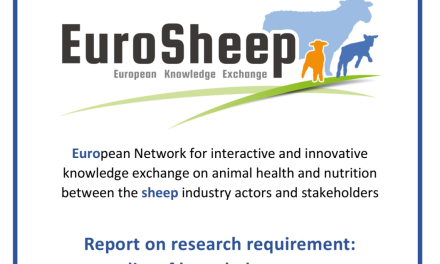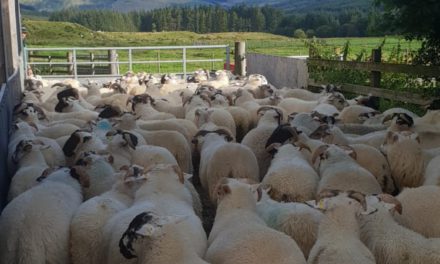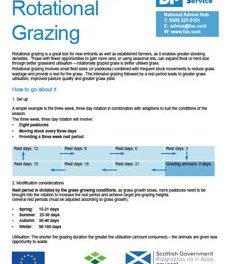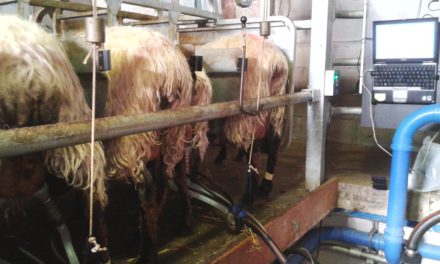This post is also available in:
![]()
![]()
![]()
![]()
Parasitism management in grazing animals
Solution name:Parasitism management in grazing animals
Aim: Management measures to interrupt the cycle of infection of grazing animals through life forms of the parasites excreted by parasitized animals and hosted on the vegetation.
Description:
Parasitism by internal and external parasites is inextricably linked to grazing. Infection of the animals is through certain life forms of the parasites excreted by the parasitized animals present in the field or developed on the vegetation (eg. eggs evolving to larvae) and then consumed by other grazing animals. These life forms, when ingested, infect the naïve animals and multiply thus continuing the cycle of infection. Therefore grazing management techniques which break the cycle of parasites infection can substantially control internal parasites in sheep.
Topic: Nutrition/management
Production: Dairy / Meat
Animal Category: Adult / Lamb / Replacement
Issue: Parasites/Grassland and grazing management
Level of Solution: Knowledge, Practical
Country: Greece

How to implement it
Grazing management measures to interrupt this cycle in the field can be quoted as:
1) reduction of grazing animals on a given area and certainly bellow the grazing capacity, which measure slows the rate of infection
2) alternating animal species on a given area (eg. a bout of sheep grazing is followed by cattle grazing), since some of the parasites are species specific this breaks the cycle of infection
3) transferring a new group of animals into “clean” grazing field, which can been achieved through deworming (via a synthetic medicine) the flock grazing previously, early enough to “clear” from parasites the grazing area
4) applying rotational grazing of grazed parcels, introducing in between grazing bouts long intervals of rest in order to break the cycles of parasites
5) providing animals, for grazing, fields cultivated with plants expressing anthelminthic properties (such as sainfoin, chicory, dandelion etc)
Expected benefits
Increased production per animal, reduced infection rates, lower rate of anthelminthics application thus lower cost of treatments and drugs’ residues in animal products, lower drugs residues and byproducts polluting the environment






